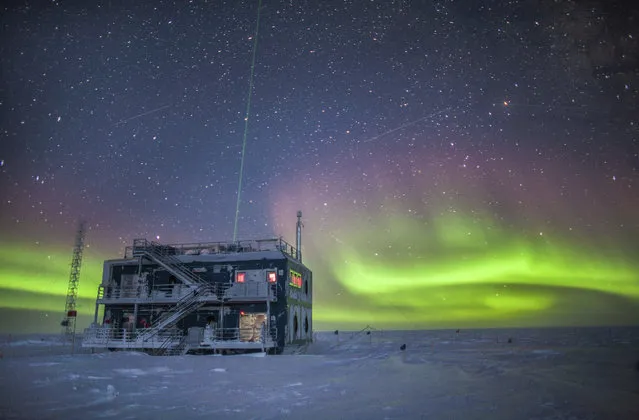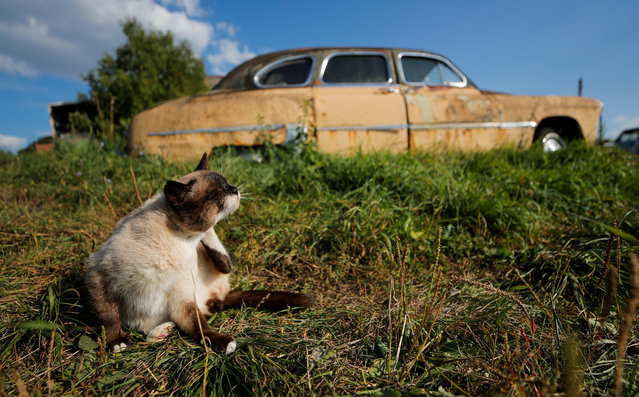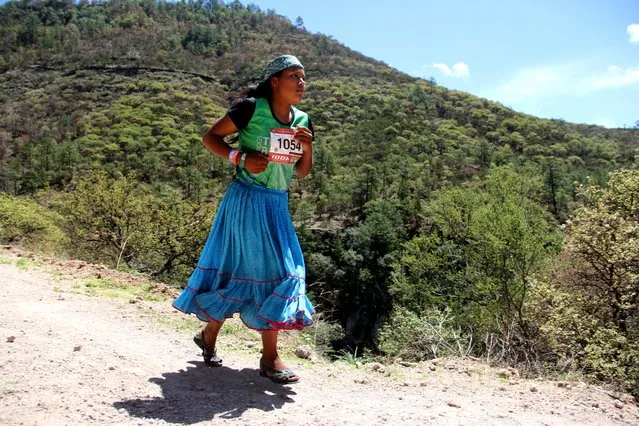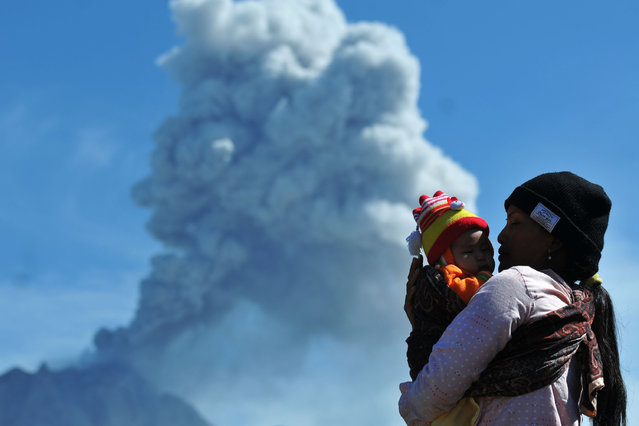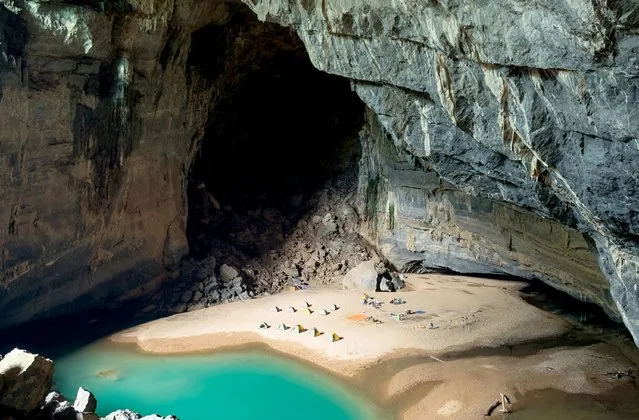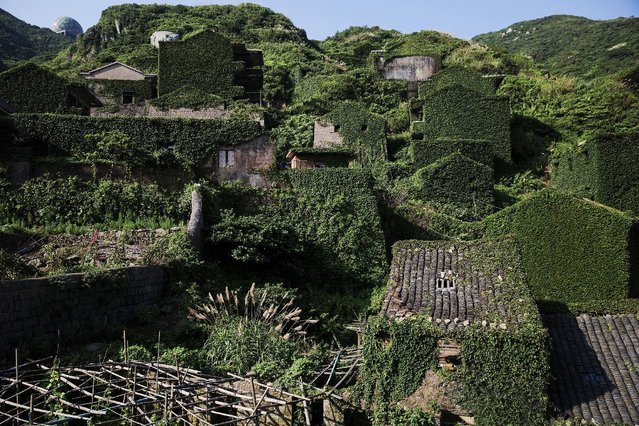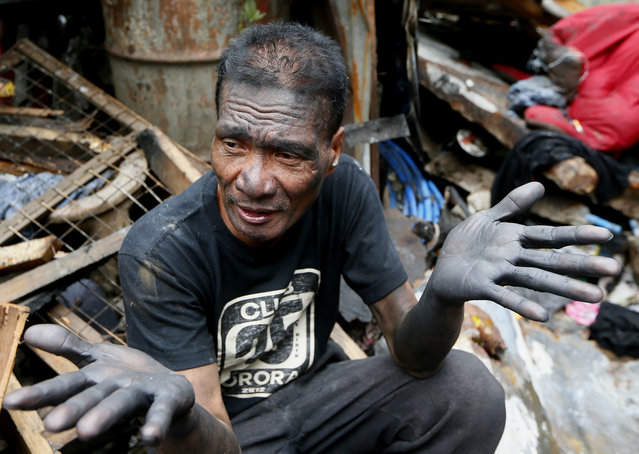
A resident gestures about the loss of his home following an overnight fire at the Addition Hills area in suburban Mandaluyong city east Manila, Philippines, Monday, November 14, 2016. Fire officials say the overnight fire destroyed hundreds of homes, rendered more than 5,000 people homeless and resulted in the death of two residents. (Photo by Bullit Marquez/AP Photo)
15 Nov 2016 11:38:00,post received
0 comments


